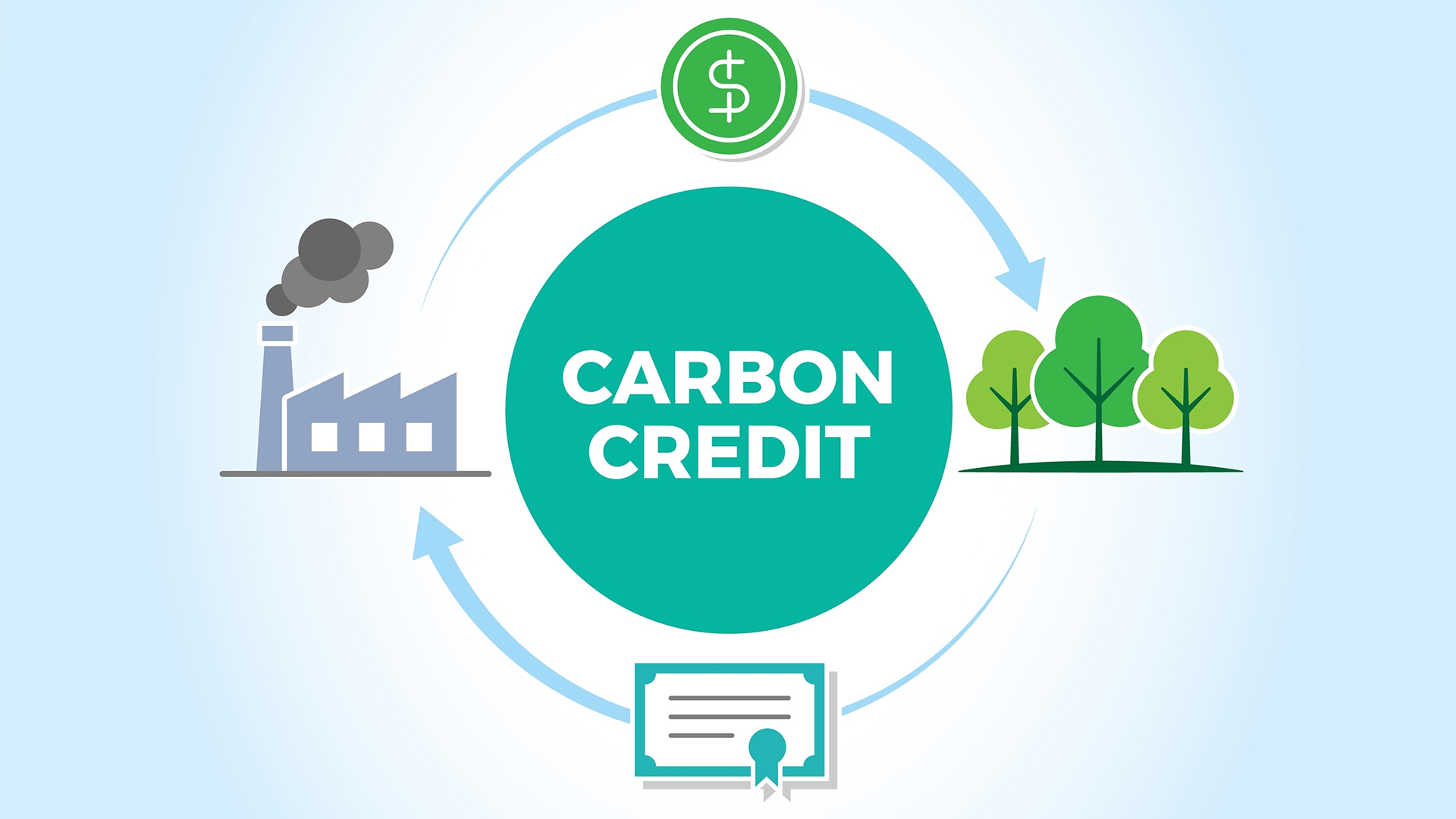A new method developed by the University of Copenhagen and NASA accurately determines how effective planting trees is for offsetting carbon emissions.
In order to somewhat counteract the CO2 emissions they produce, various major corporations globally purchase what are known as carbon credits. Carbon credits legally enable companies to emit certain quantities of CO2 as long as the greenhouse gas is neutralised in another form, such as by planting or not cutting down trees.
However, it is especially hard to track the billions of trees worldwide as millions are planted and felled each year, meaning that accurately quantifying the amount of carbon they sequester is challenging. Therefore, determining if carbon credits are an adequate and effective method to combat emissions is unclear.
To overcome this, the research team pioneered a method that analysed 9.9 billion trees in the semiarid Sahel, a vast belt of land stretching across Northern Africa from the Atlantic Ocean to the Red Sea – an area of roughly ten million square kilometres.
Their technique will enable experts to count the number of trees in large land areas precisely, and much carbon is sequestered within each tree.
The study ‘Sub-continental-scale carbon stocks of individual trees in African drylands,’ will help to design more accurate climate models to ensure that carbon credits are used correctly.

Employing NASA satellite data to measure tree carbon uptake
The team investigated Africa’s Sahel region by utilising 300,000 very-high-resolution satellite images from NASA, which were then reviewed and amalgamated in a mosaic that shows the number of trees from above.
The researchers then trained one of NASA’s supercomputers using Artificial Intelligence (AI) to identify all trees individually.
Professor Christian Igel, from the University of Copenhagen’s Department of Computer Science, commented: “Our study demonstrates that deep learning techniques can revolutionise the global mapping of individual trees and their biomass.
“Our artificial neural networks learn to extract complex patterns from large amounts of satellite images, allowing for more accurate and efficient identification of individual trees and subsequent estimation of their biomass.”
The results showed that the nearly ten billion trees in the Sahel region currently store 840,000,000 tons of carbon – a number based on the weight of individual trees.
Making carbon credits more effective
The innovative method will potentially help to control the effect of climate credits and will illustrate if various tree planting restoration projects are actually effective at curbing emissions.
Fensholt concluded: “There are many indications that treading carbon credits will become more and more extensive in the future – not just for Earth’s forests, but for billions of trees beyond forests.
“Therefore, it is critical for us to be able to monitor whether carbon trading reflects the actual number of trees in nature and whether it has a positive effect on climate. This is what we are coming up with a solution to.
“Over the past ten to 15 years, considerable resources have been spent on large-scale tree planting projects in arid regions of the world, including those financed by the World Bank. Have they worked? Have the trees survived? Our method can be used to help map this.”





